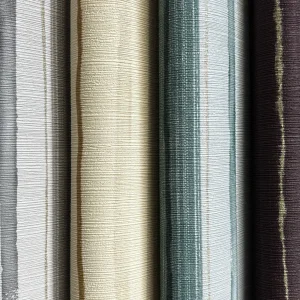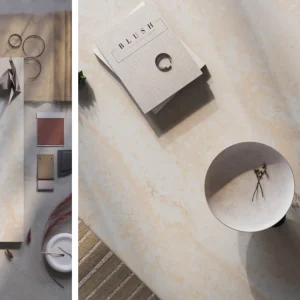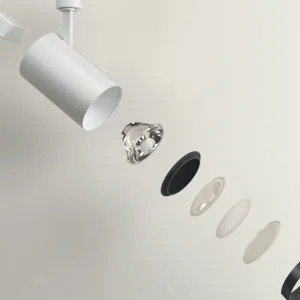The 190,000 square feet facility on 20 acres of land, which broke ground on February 6, 2009, is conceived to pay homage to the history and diversity of instruments and introduce museum guests to their varied and unique sounds.
Designed by award-winning architect Richard Varda and the Minneapolis and Phoenix firm RSP Architects, the architecture and landscape of MIM will evoke the topography of the Southwest and express the universal role of music across all cultures. The structure is designed to complement its function and blends with the building’s natural surroundings. The entire structure exhibits a fluid layout allowing for sufficient flexibility. According to designer Rich Varda, architectural details of the museum are inspired by musical patterns, rhythms and notation, but are kept it fairly abstract.
The museum will include 75,000 square feet of gallery space. It will be a two-story structure of simple, fractured stone forms. A flowing river form creates the central spine that links the interior galleries. This flowing form is an atrium that provides a bright, welcoming entrance for guests. Floor, wall and ceiling finishes create patterns that evoke geological striations of the Arizona landscape, the rhythms of musical composition and the features common to musical instruments from around the world. Diffused daylight will illuminate the galleries and public spaces through windows and skylights that will glow and animate the building at night.
As guests approach the building, they will pass through a courtyard designed by the landscape architectural firm of Ten Eyck Landscape Architects. Desert plantings and arroyo environments will surround the building.
The first floor will include an orientation area, galleries, the hands-on experience room, a restaurant, a family center and a shop with a wide selection of music and music-related items. The first floor will also house a conservation lab, administrative offices, instrument storage, and exhibition support space. The second floor will contain five galleries that will each feature the instruments of the regions of the world. Spanning the two floors will be a 300-seat performance hall. Designed with spacious seating and state-of-the-art acoustics, the hall will be a premier venue for performances, films and seminars about musical traditions from around the world.
Though the project will not be submitted for LEED certification, sustainable aspects include the use of fly ash in the concrete; 25,000 square feet of photovoltaic solar panels on the second-story roof areas; a chemical-free chiller water system; and extensive xeriscaping.
For all of the interior spaces, a 15mm polyethylene multi-core vapor barrier is placed between the sub-base and the slab-on-grade concrete with an intention to retain moisture along with protecting the wooden antique instruments. A rain-screen façade is also featured in the design.





